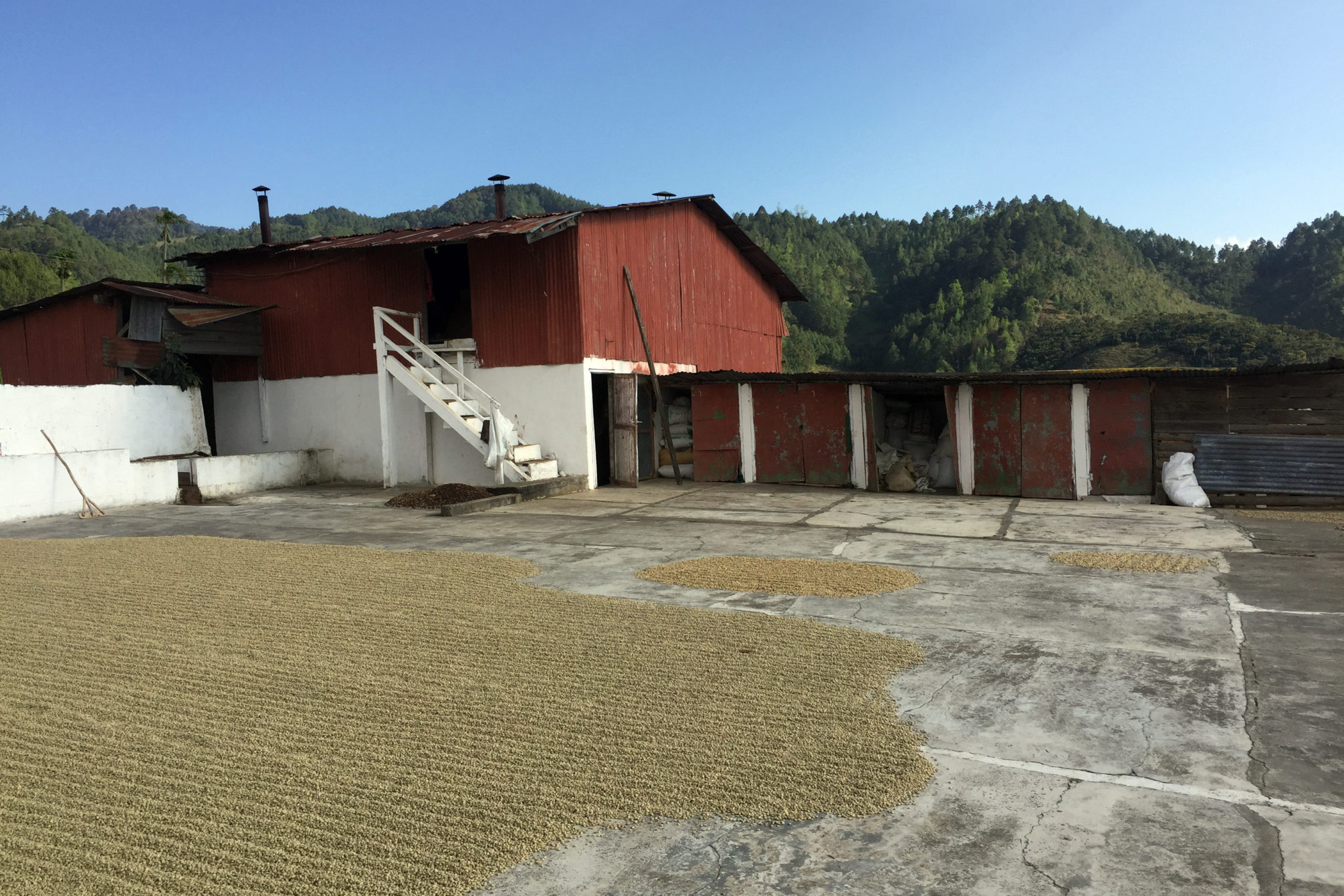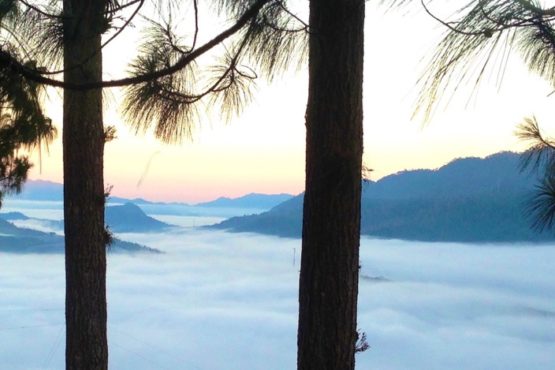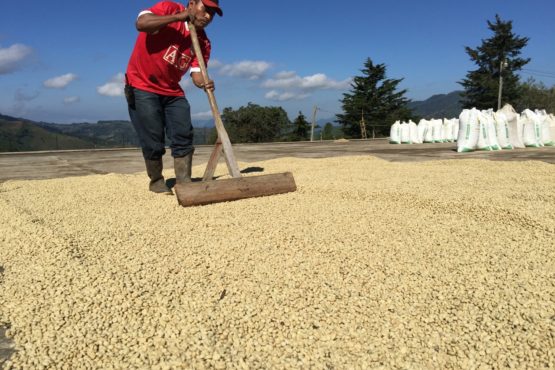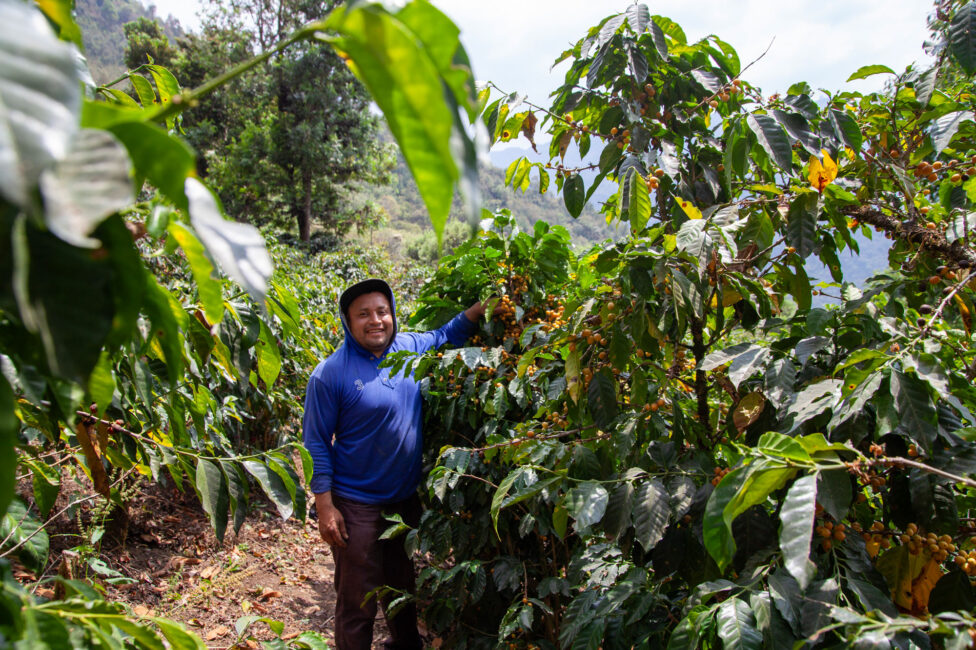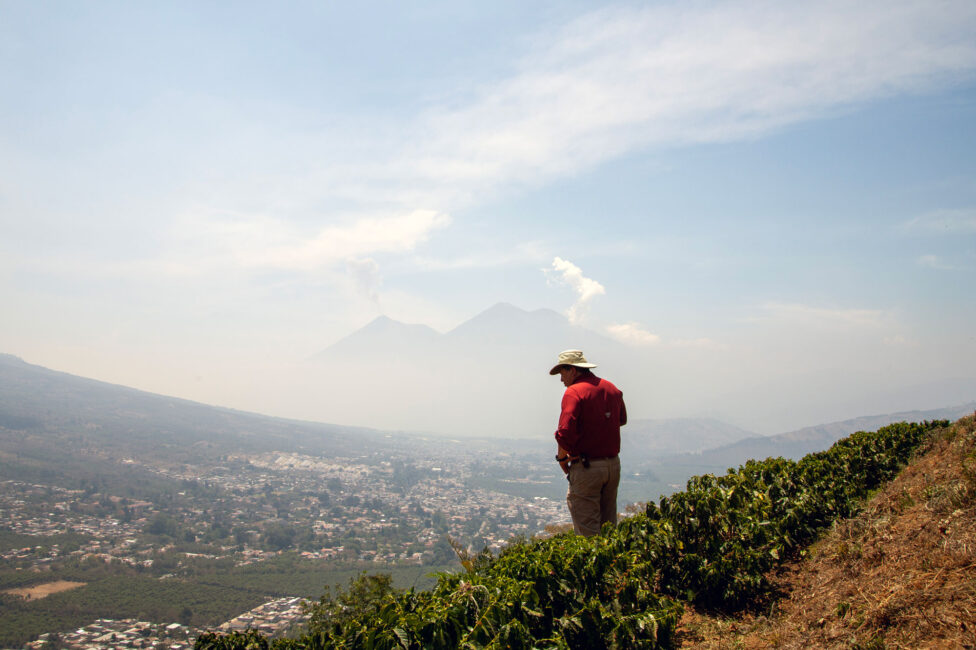Santa Sofia
Full bodied with a creamy mouthfeel and complex wine-like characters. Caramel sweetness with notes of dark chocolate, red fruits and peach.
In the late 1980s, Pablo José Ferrigno Figueroa, a third generation coffee grower, had the fortune to attend a conference in which the topic of ‘quality’ was widely discussed as the future of coffee. Just three years later, in 1991, Pablo decided to embark on the new adventure of establishing a coffee farm devoted entirely to the production of specialty coffee.
Pablo’s roots were in coffee: his grandfather came from Italy and had established several farms alongside a coffee exporting business. His father also had a farm. Pablo had cultivated an interest in coffee from an early age and had worked on his family’s farms for years as a young adult. However, all of the family’s experience was with low grown coffee in Guatemala’s warm coastal areas. Specialty coffee required a different climate, not to mention a different approach!
The only question was where to begin this new endeavour. Being a young entrepreneur and something of a maverick, he found a plot of land near the town of Tactic in Cobán, on a mountain that reached up to 1,800 meters above sea level, where coffee had never been grown before. Suspended in cloud forest, the area had an extreme microclimate, with rain for eleven months of year, and unusually cold weather, resulting in limited sunlight and prolonged and unpredictable coffee ripening. Many friends and family (not to mention other coffee farmers) were sceptical about the location and his plans, and Pablo knew that the road ahead would be difficult. Nonetheless, on October 15th 1991, he carried a bag of coffee seeds to the area in order to start his nursery and, in that moment Finca Santa Sofia was born. Sitting at 1,675 – 1,800 metres above sea level Pablo named the farm after his first daughter, who was born in the same year.
Even today, Santa Sofia is the only coffee farm in the immediate micro-region and produces one of the best coffees in the region. The unique combination of the altitude and extreme weather conditions can be attributed to this – and testament to the fact that whilst climatic stress can be very tough for a farmer, it can bring out the best in the fruit. As a result of the constant drizzle (known as “chipichipi”) the coffee tree flowering at Santa Sofia is very staggered, with eight to nine flowerings a year, usually between April and June. This results in a long harvest period, which typically runs from November–May, as the coffee cherries ripen at very different rates. To combat this, Pablo instructs at least 12 passes for picking (with breaks of up to 14 days between passes), to ensure that only the very ripest cherries are selected.
Today Pablo grows Caturra, Catuai, and Typica varieties on the farm. After harvesting, the red cherries are taken to the farm’s receiving tanks where they are then mechanically pulped. Coffee is fermented for up to 48 hours and after fermentation, the coffee is washed and then soaked in clean water for 24 hours to remove any traces of mucilage before being carefully dried.
Finca Santa Sofia dries most of their coffee on patios, though due to the region’s almost constant rain, the farm often has to use guardiolas to finish drying, which is accomplished according to a very strict and controlled drying schedule. Coffee is rotated in these mechanical driers at low temperatures to ensure the coffee dries evenly and slowly and is rested between dryings to stabilise humidity. Once the parchment coffee reaches an ideal humidity it is rested for at least 21 days in the warehouse before being delivered to the dry mill for milling.
